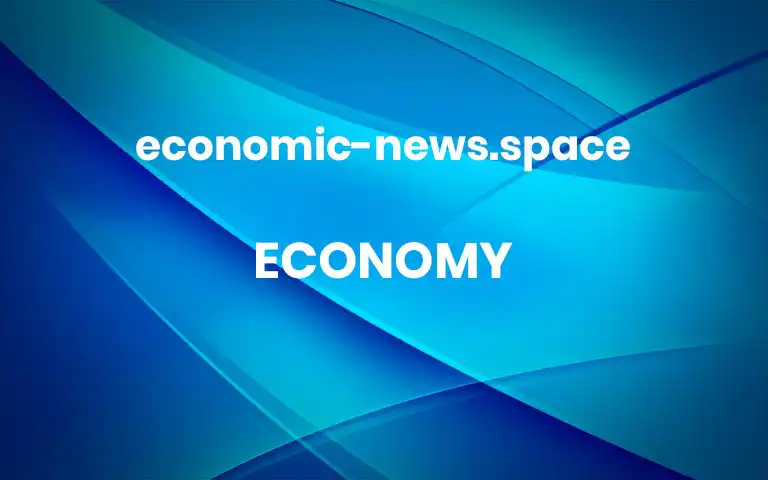The Personal Consumption Expenditure Index Climed 6.4 Percent in February

Inflation continued to run at the fastest pace in 40 years in February, fresh data released on Thursday showed, at a moment when war in Ukraine and continued supply chain disruptions tied to the coronavirus promise to keep prices rising.Prices, as measured by the Personal Consumption Expenditures Index, rose by 6.4 percent in the year through February, the fastest inflation rate since 1982. They climbed 5.4 percent after stripping out food and fuel costs, which can be volatile, the data showed.That pace of increase is far faster than the 2 percent annual inflation that the Federal Reserve targets. While central bankers expect today’s rapid inflation to cool by the end of the year, falling to 4.3 percent by the final three months of 2022, that pace of increase would still be too quick for comfort.Central bankers began raising interest rates earlier this month, lifting them by a quarter percentage point, and have signaled more to come as they begin to wage an assault on rising prices. By making borrowing more expensive, the Fed can weigh on demand, allowing supply to catch up and eventually temper price increases.“There is an obvious need to move expeditiously to return the stance of monetary policy to a more neutral level, and then to move to more restrictive levels if that is what is required to restore price stability,” Jerome H. Powell, the Fed chair, said during a recent speech.Understand Inflation in the U.S.Inflation 101: What is inflation, why is it up and whom does it hurt? Our guide explains it all.Your Questions, Answered: Times readers sent us their questions about rising prices. Top experts and economists weighed in.Interest Rates: As it seeks to curb inflation, the Federal Reserve announced that it was raising interest rates for the first time since 2018.How Americans Feel: We asked 2,200 people where they’ve noticed inflation. Many mentioned basic necessities, like food and gas.Supply Chain’s Role: A key factor in rising inflation is the continuing turmoil in the global supply chain. Here’s how the crisis unfolded.The Personal Consumption Expenditures figures follow a more timely inflation release — the Consumer Price Index — and tend to be easy to forecast, so they do not come as a surprise to Wall Street. But because the gauge is the Fed’s preferred inflation measure, the fresh figures reinforce the challenge that economic officials face.While policymakers are watching for any sign that inflation is slowing down or is about to cool off, so far there is little to suggest a meaningful pullback. Supply chains remained stressed, and recent shutdowns in China could pose further strain. Apartment rents are climbing, elevating housing costs. Workers are in short supply and wages are rising, which could bolster inflation in other service categories.Russia’s invasion of Ukraine pushed up oil and gas prices, along with other commodity costs, which is likely to further elevate inflation when March data are released. While a few days of gas price increases happened in February, the bulk of them came this month.Companies are trying to navigate the complicated moment, gauging whether input cost increases will continue for a second year — and whether and how to pass that on to consumers.Chewy, the pet goods retailer, recently signed a new freight contract that will cost it more this year; and in the final quarter of 2021, it also faced higher labor costs. But it is hoping that those trends do not last, or that it can offset the climbing expenses through efficiencies.“As we close the book on 2021 and move forward in 2022, we are already seeing improvements in labor availability, inbound shipping costs and pricing, while out-of-stock levels and outbound shipping costs remain elevated,” Sumit Singh, the firm’s chief executive officer, said on an earnings call this week. “Ultimately, we believe most of these challenges are not permanent in nature.”Inflation F.A.Q.Card 1 of 6What is inflation? More



